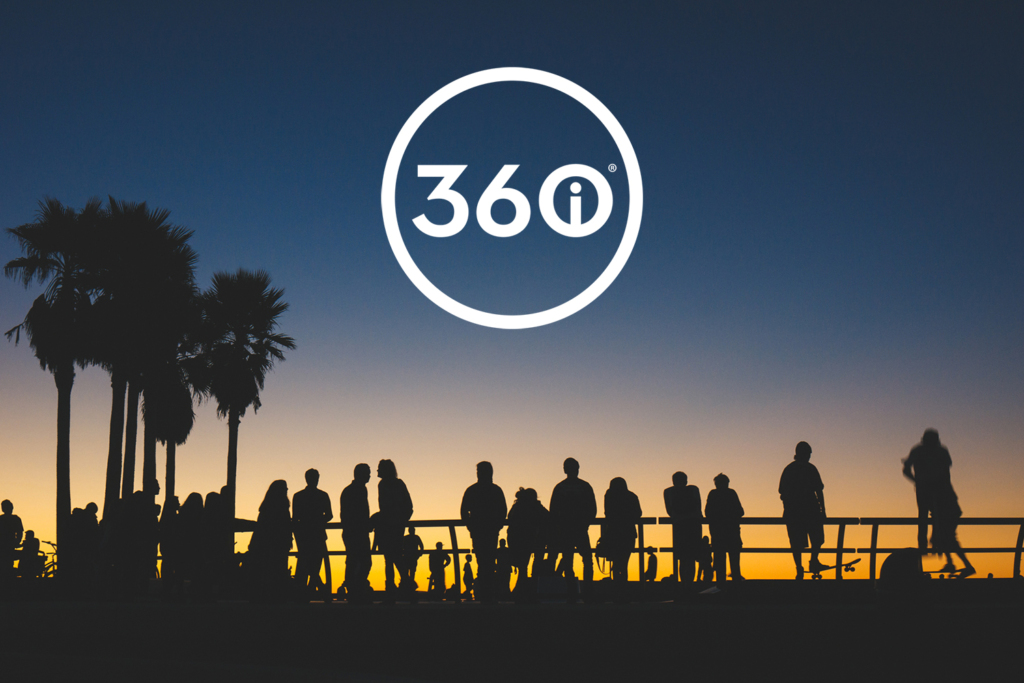I talked with Frank Lockwood – Group Director, Experience Design at 360i – about his entry into UX, his methods of research, workflows and strategies for achieving true user-centric experiences.
How did you get into the UX field?
My degree is in Visual Communications (Art Direction). While I was in college I taught myself front-end development and started my career as a double hatted designer and front-end developer. Over time I learned more skills in the UX area of work starting with business analysis, user research, user testing and content strategy.
I probably wasn’t aware that I was heading into the path to be more of a UX professional until I realized the rapid expansion of the field and the need for people with my skills. Once I realized I was actually doing a lot of UX activities I made the shift to move my career as a UX specialist.
I’m currently in a user research class at Pratt. Which types of research do you typically conduct, and how do you make sure you’re getting valuable information from users?
It really depends on the client we have and what’s their level of interest in user research/investment in it. We do a lot of different studies, but for all accounts we work on we do a bare minimum of personas and journey development informed by secondary research, media segmentation, web analytics and social listening.
For more robust projects we leverage a lot of unmoderated testing through services like What Users Do/Usertesting.com. Our screeners are informed by upfront research or understanding the communications strategy of who we want to engage and will be driving via the media execution. We develop our testing plan by establishing a business goal like product conversions, newsletter signups or communication goals and ask a user to attempt to achieve the goal. Along the way we will ask them questions about the experience to understand what’s best from a heuristics stand point.
We also leverage rapid prototyping for wireframes/designs through usabilityhub and will do hallway testing internally to get quick feedback.
We’re currently undergoing a user research project where we have phone interviews with actual client users to gain their feedback on the brand, their needs and daily habits. We procured these users through a newsletter and website screener that offered up an incentive if they were selected for the study.
When you think about your last project, what was overall design of the user research? Do you follow Exploratory, Generative or Evaluative processes?
I have a million projects going on so we have several different approaches. The one mentioned above is more of an exploratory process. Collecting feedback on what users may have expected or get out of the competition that we’re not offering.
With another recent project it was more of an evaluative process where we did preference tests with different design layouts and iterated them over each test.
We flex to what the budget and timeline allows for.
How do you effectively analyze and synthesize the data you get from user research?
Depending on the method, we typically track feedback in spreadsheets and leverage tabs to slowly pair down what we hear consistently and prioritize items that strike highest across all users and test sessions/interviews.
Other methods are to hold business priority workshops with our clients where we expose to them the results and work with them to create a backlog of fixes based on the user and business need.
What is your favorite part of the work you do?
My favorite part is when I get to work on a product that provides true utility for a business and a user. I do enjoy design but if it’s the only focus of building a web experience it’s more subjective than being a true user-centric experience. Design is one small facet of delivering something that’s truly useful, but for many people is the easiest thing to understand about UX so it often takes the front seat of the term “UX”.
The way you get to a real user-centric product is by having an active Discovery and Definition phase where you clearly set up a strategic framework for the course of the project. That’s probably the area I enjoy the most, however I love to stay involved and see my babies come to life.
